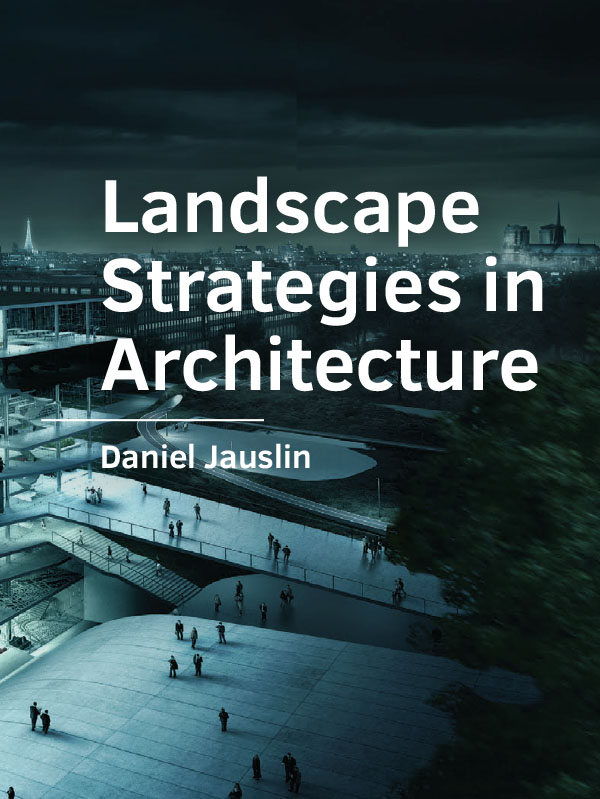City of Culture of Galicia in Santiago de Compostela
DOI:
https://doi.org/10.7480/abe.2019.13.4294Abstract
The choice of City of Culture of Galicia in Santiago de Compostela will be explained from its validity as a singular case (6.1.). I will explain the context of this project also in the religious world of the pilgrimage to Santiago de Compostela (6.2.). My impression from the two field-trips in 2014 will precede the analysis (6.3.) and again building this large and ambitious project posed a specific challenge to the merits of a few technical considerations (6.4.).
As my documentation will show, this project is designed in a process of layering - not very different form our own analytical model in principle. However, our own layer model of ground form, spatial form, metaphorical form and programmatic form will alter the reading of the project (6.5.). Exactly these analogies between design architectonic process and landscape architectural analysis seem to be worth a specific method of design analysis. I will try to show composition strategies of shifting and shuffling of layers, altering and transforming of scales, stratification and even the inversion of layers as a specific method of this design (6.6.). Composition analysis should show that the specific landscape attitudes in this project are related to the idea of the palimpsest - multi-layered writing or ‘artificial excavation’ as Eisenman calls it in my interview (6.7., A1.31.).
One can therefore find many entries in landscape architectonic attitudes but also a surprisingly contrasting position of the author’s denial of landscape influences in favour of what he calls the ‘excess of reason’ to understand this complex design (6.8.).


